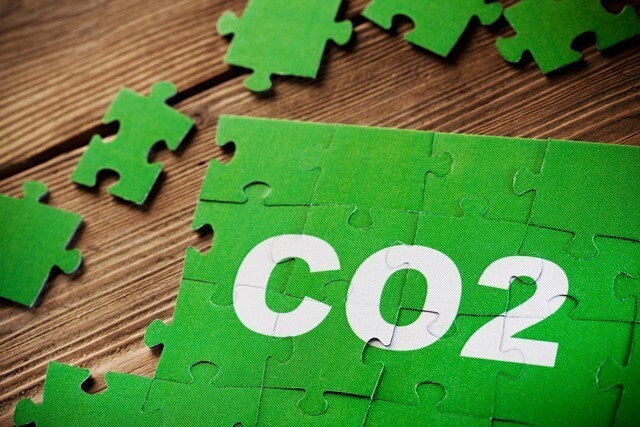

At the opening ceremony of the 2024 Global Energy Transformation Conference on September 7, Huang Runqiu, Minister of Ecology and Environment, emphasised the need to accelerate green and low-carbon development in China. By the end of the year, key emission industries, including aluminium, steel and cement, will be integrated into the national carbon emissions trading system alongside the power industry.

What is carbon trading market
A national carbon trading market is a carbon pricing system that facilitates the buying and selling of carbon credits and renewable energy certificates. It aims to meet climate goals and advance climate actions in a cost-efficient manner.
Adopting carbon emissions trading is a vital policy tool for reducing greenhouse gas emissions, such as carbon dioxide, through market-based mechanisms. This initiative underscores China's commitment to peak carbon emissions reduction by 2030 and achieve carbon neutrality by 2060.
About the announcement
The announcement was a warning sign to the aluminium, steel and cements sectors to foster green productivity, proactively address climate change, and strengthen global climate governance. Huang also highlighted efforts to enhance the carbon market, expanding its industry coverage, diversifying trading options, and improving the national voluntary greenhouse gas emission reduction trading market.
Aluminium, steel, and cement producers in China will soon face additional domestic costs for carbon emissions as authorities aim to reduce emissions and mitigate the impact of the EU's upcoming Carbon Border Adjustment Mechanism (CBAM), set to take effect in 2026. The mandatory carbon market covers around 2,200 power utilities, but its impact on reducing pollution has been limited due to low carbon prices and taxes. By expanding the three-year-old market, China is preparing to include seven more sectors, with a goal of covering 70 per cent of its total emissions by 2030.
Three key approaches
Huang Runqiu highlighted that from 2013 to 2023, China achieved an average annual economic growth supported by a 3.2 per cent yearly increase in energy consumption while reducing energy intensity by 26.1 per cent. During this period, coal's share in primary energy consumption decreased from 67.4 per cent to 55.3 per cent. Huang emphasised the need to fully leverage ecological and environmental protection's guiding, optimising, and driving role. He outlined three key approaches to accelerate the transition to green and low-carbon development.
Note: Most of the information have been sourced from China Securities Journal



Responses






